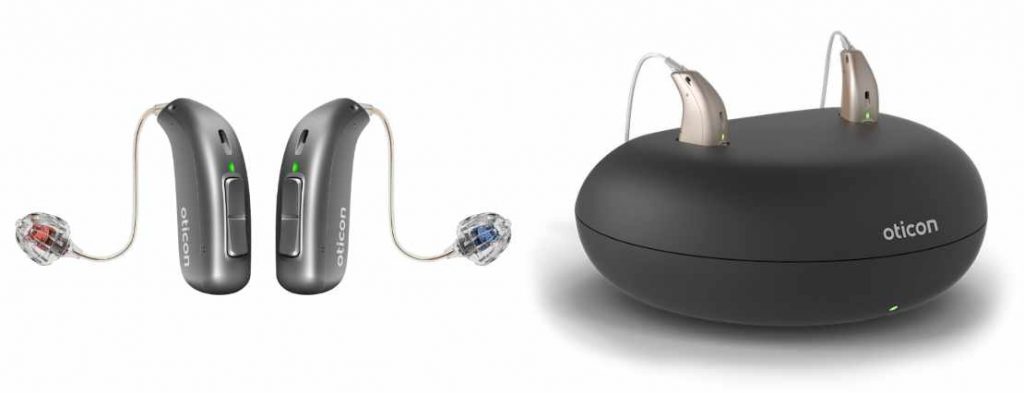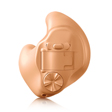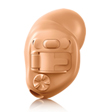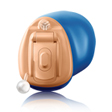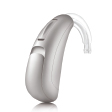Descriptions of hearing technology can go on for pages, however, here are my picks.
The Oticon More is a dramatic leap forward in benefit for hearing aid users. The best way to describe it is from the experience of the first person in our practice who tried a pair. His previous aids were the Oticon Opn S1 RIC style, which contained Oticon’s previous flagship hearing technology. We transferred the program from his old aids to the More units. At his follow up appointment he said the More units allowed him significantly clearer and crisper speech understanding. It comes in a rechargeable, receiver in the canal (RIC) style. Read more about the More in Oticon’s press release.
If you want more than More, try Oticon Intent, their latest release. The Intent detects your head and body movements and performs a continuous, comprehensive assessment of your listening environment to help you focus on sounds of interest.
The Oticon Zircon (RIC style) and Own (custom style) are Oticon’s latest, lower-priced options. All Oticon RIC style hearing aids offer the choice of rechargeable or regular hearing aid battery. The Own uses a regular hearing aid battery.
Hearing Aid Styles
One size does not fit all when it comes to hearing devices. The size and shape of your ear and the severity of your hearing loss play a big part in the choice of hearing aid size and style. The following paragraphs describe each of the most common styles.
Receiver-in-Canal (RIC)
This style’s cosmetic appeal makes it one of the most popular. It sits behind the ear, but the speaker is in the ear, with a thin wire connecting the hearing aid to the speaker. The speaker sports a dome or custom mold to hold the speaker in place and provide the proper venting.
In-The-Ear (ITE) and In-The-Canal (ITC)
ITE and ITC models are custom made to fit in the outer bowl of the ear. Their size allows for features such as directional microphones and volume controls. In cases of poor dexterity, the ITE is easier for a person to handle and adjust.
Completely-In-The-Canal (CIC)
CIC models are custom made and fit deep within the ear canal. While offering cosmetic advantages, these devices have limitations such as shorter battery life, size restrictions due to ear anatomy, and limited on-aid controls. Some brands offer a remote for added user control.
Behind-The-Ear (BTE)
BTE models sit behind the ear with tubing that runs over the top of the ear and down to the ear canal entrance. This tubing is connected to a custom acrylic, vinyl, or silicone ear mold that sits in the bowl of the ear. BTE models are typically used for severe to profound losses. Colors are available to blend with skin or hair or to stand out and make a statement.
